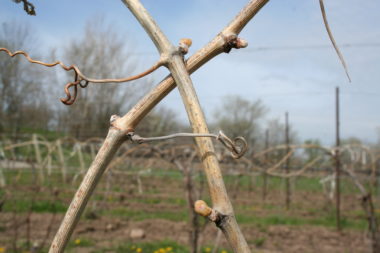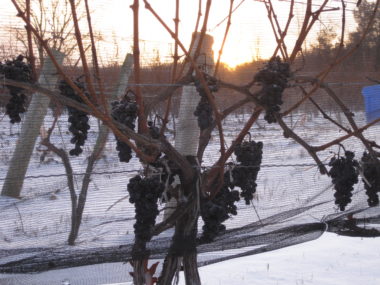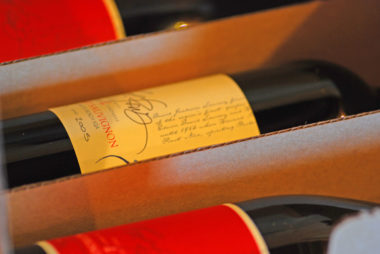It dawned on me today, as I hurriedly thinned Pinot Gris in the midst of an earthquake, that I hadn’t given a thorough vineyard update in a while. So here goes…
Mother nature is two weeks ahead. I’m three weeks behind. This good news / bad news situation is the familiar refrain I’ve heard in talking to many grape growers throughout the peninsula. We’ve seen a boon of growth in all vines over the last couple of weeks, leaving us scrambling to keep up with the expedited hand labour chores. Adequate rainfall, heat, and blistering sun are making my vines very happy, but leaving me a little worried. Disease pressure has been low to this point (kiss of death) but the current humid conditions will challenge even the best of viticultural practices.
The accelerated growth creates the need to shoot-thin and shoot-position all vines before we are able to start hedging. As always, vine vigour was particularly problematic in our Shiraz blocks, so I targeted them first. After two weeks of what felt like hacking through a rainforest with a dull machete, I was happy to kiss the Shiraz good-bye and move on to the more manageable Cabernet Sauvignon. We are well through bloom in all varieties, and very close to berry touch stage in the Pinot Gris. Air flow through the canopy is critical at this stage, as is fruit exposure for optimum fungicide penetration.
I’m happy to report that the young Pinot Noir vines we planted last season are doing very well, with less than 5% vine failure. In the spirit of Father’s Day, I give my dad all the credit for these thriving vines. It was he who ploughed the field ad nauseam to his own exacting specifications, he who sat vigil through many winter and spring evenings waiting to fire up the windmill, and he who artfully maneuvered the grape-hoe around each baby vine with the deft touch of a surgeon. Judging by a couple of the catastrophic first year fields I’ve witnessed while out consulting this year (upwards of 60% vine death), I really believe that the use of the windmill combined with proper site selection and field preparation helped save our bacon.
PS: I send a special thank-you and congratulations to Insite Design for designing an Ontario Wine Awards silver medal winning wine label that still makes me proud every time I slap one on a bottle!



